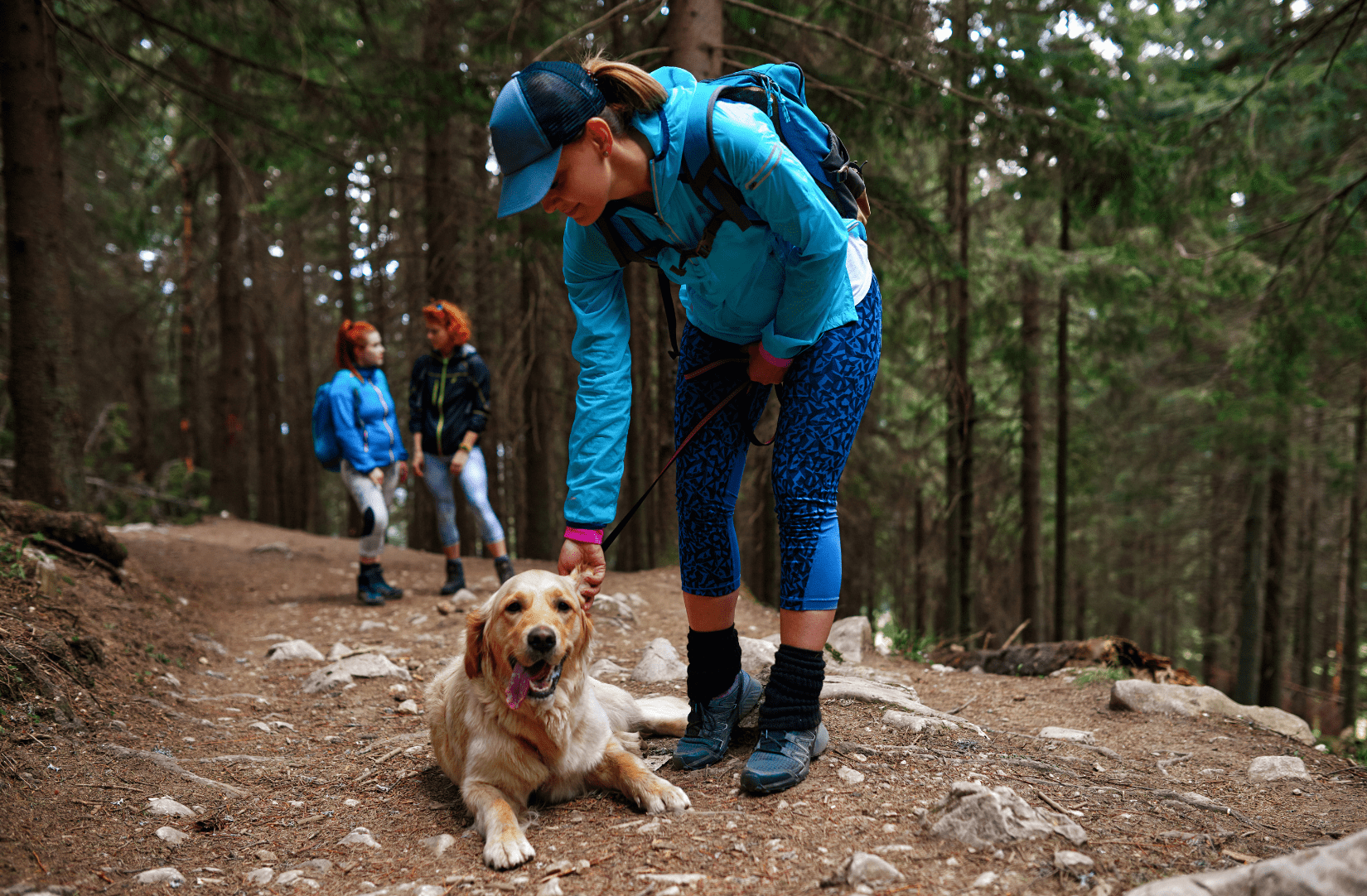Whether it’s out on a hike or in your own backyard, wild animals and pets don’t belong together. Encounters can be scary and quickly become dangerous – for the wildlife and your pets. Read our pets and wildlife brochure (PDF).
You can keep pets and wildlife safe this summer by taking these simple actions:
Leash up
Every year, wildlife rehabilitation centres treat injuries caused by off-leash dogs. Dogs can seriously injure many wild species, including squirrels, seal pups and deer fawns. Keep your dogs on-leash in wildlife areas, and never let them chase wild animals. Migratory shorebirds can lose a lot of valuable energy if an off-leash pup causes them to take flight! For this reason, some beaches restrict dogs year-round or during the migration period.
Good leash etiquette is not just for dogs – many cat owners are working on leash-training their best friend too!

Even if no one is around, it’s important to respect leash regulations in parks and wilderness areas. These regulations are in place to protect wild animals and your pets. Plus, some dogs aren’t comfortable meeting new four-legged friends, and people who are afraid of dogs might seek out on-leash areas to feel more comfortable.
If you are walking off-leash, make sure to train your dog to answer an emergency recall. If you face a scary wildlife encounter, this effective, distraction-proof recall can be life-saving. Read more about training your dog for emergency recall.
Lights on
Many wild animals are most active when people are not. Dawn, dusk and overnight are prime time for wild animals like raccoons, coyotes and cougars to forage and hunt. To respect their space, avoid dark, forested areas after sunset.
When taking your dog for a night-time potty break, keep them on leash and stick to well-lit areas. Before letting dogs into your yard at night, turn on the lights. Make some noise and do a quick check to make sure there aren’t any unexpected animals in your yard.

Read more:
Watch for wild babies
Spring and summer are the time of year when many wild animals are raising their babies. Be vigilant about your pets to help prevent injury to wild families. Animals who make nests on the ground – like mallard ducks and cottontail rabbits – are extremely vulnerable. The death or injury of the adult can leave the babies orphaned. At Wild ARC, American robins and spotted towhees are some of the most frequently admitted birds who were caught by cats.
If your pet spots a nest and/or brings back a baby animal, they are likely to return if not supervised. Call your local wildlife rehabilitator or the BC SPCA Animal Helpline at 1-855-622-7722 for advice if your pet has caught a wild baby or their parent.

Don’t forget the felines!
It’s not just dogs who get into trouble with wildlife. Outdoor cats kill hundreds of millions of wild birds and mammals each year. Most animals caught by cats will not survive, even if they escape. Prevent your cat from hunting wildlife:
Unfortunately, cats can also be injured or killed by wild animals when they’re left outside unsupervised. These wild animals are just doing what they need to survive. However, wild animals are often blamed when cats go missing, even if the owner doesn’t know the cause. Outdoor cats are also at risk from vehicle collisions, injury and disease.
On average, outdoor cats live significantly shorter lifespans than cats kept indoors. Indoor-only doesn’t mean they’ll be bored! Check out our tips for indoor cats, or our DIY ideas for cat enrichment activities.

